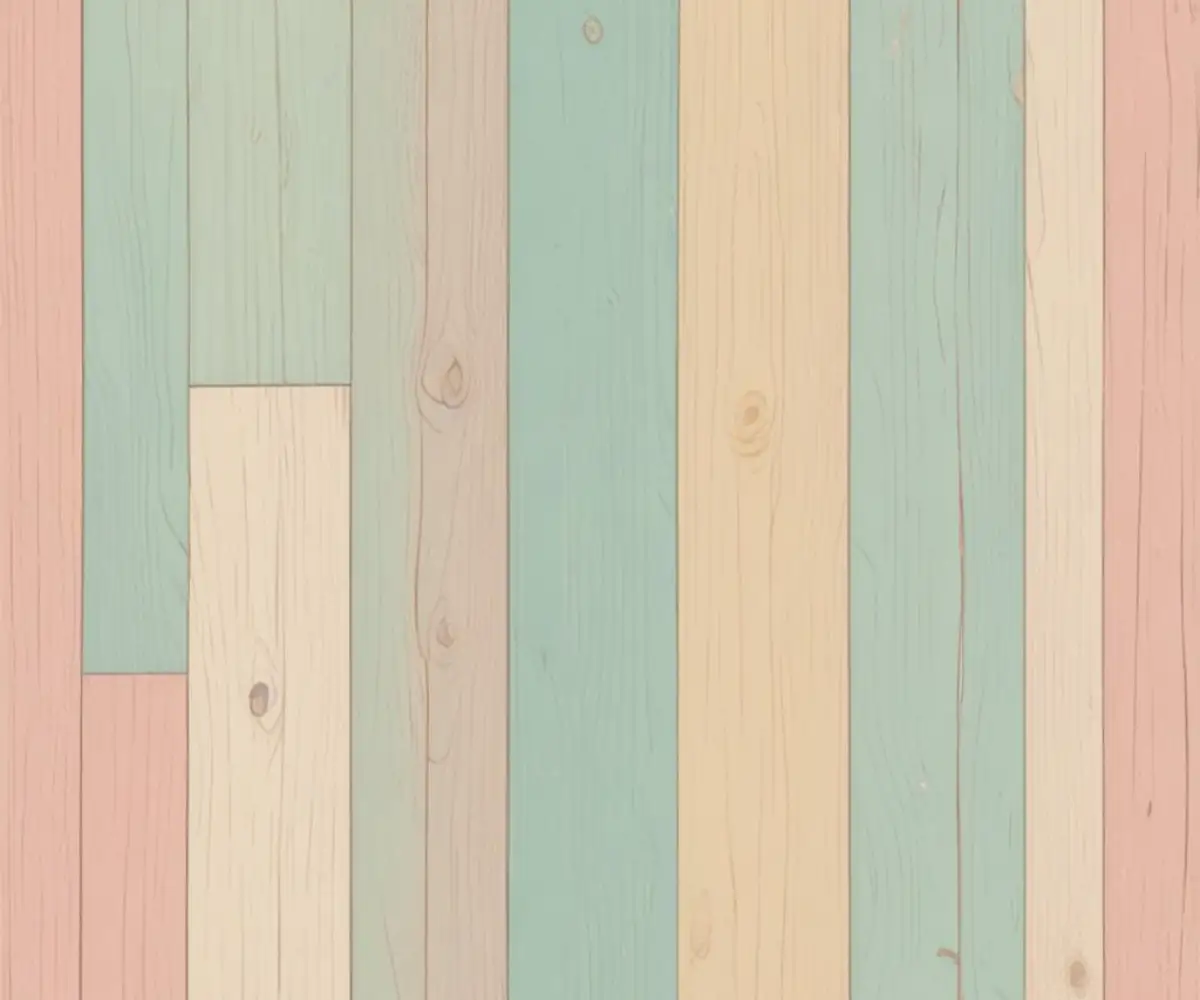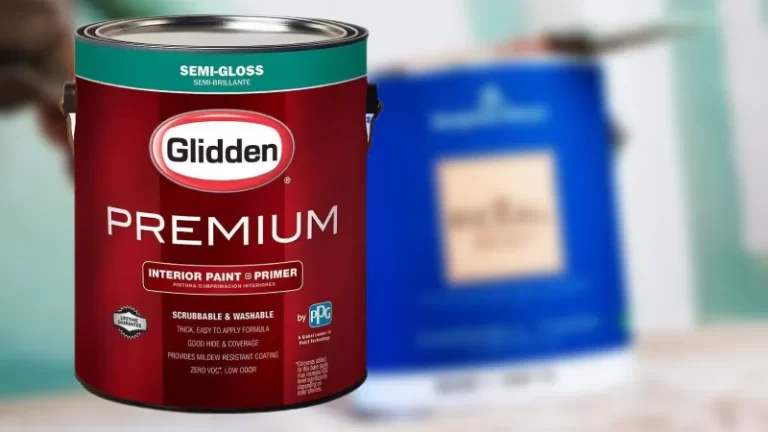Stop Painting Fuzzy Wood! Here’s the #1 Fix for a Smooth Surface
There’s nothing more frustrating than spending hours carefully preparing and painting a piece of wood, only to have it dry with a rough, fuzzy texture. You did everything right—or so you thought. This common problem, known as “raised grain,” can ruin an otherwise perfect project, leaving you with a finish that feels more like sandpaper than silk.
This isn’t just a simple annoyance; it’s a fundamental reaction between wood and moisture. Understanding why it happens is the first step toward preventing it for good and achieving the flawless, professional-quality finish you’re after.
You'll Learn About
Why Your Wood Turns Fuzzy: The Science of Raised Grain
Wood is made up of countless tiny cellulose fibers, all bundled together. When you sand raw wood, you’re essentially shearing these fibers off, creating a smooth surface. However, many fibers are merely compressed or bent over, lying dormant just below the surface.
The moment you apply a water-based product—like latex paint, primer, or certain stains—that moisture gets absorbed by the wood. It causes those compressed and damaged fibers to swell and spring back up, breaking through the surface of your wet paint. When the paint dries, these stiff, raised fibers are locked in place, resulting in that dreaded fuzzy feeling.
The Main Culprits Behind Fuzzy Wood
While any wood can experience raised grain, some factors make it much more likely. The primary cause is the use of water-based finishes. Their high water content is the catalyst that makes wood fibers swell. Oil-based and shellac-based products don’t introduce water into the wood, which is why they are often favored for sealing raw wood surfaces.
Certain wood species are also more susceptible. Softwoods like pine and fir, as well as open-grained hardwoods like oak, have fibers that are more prone to raising. Additionally, manufactured materials like MDF are notorious for this issue, especially on their cut edges, which act like a sponge for moisture.

The Pro Secret: A Step-by-Step Guide to a Flawless Finish
The solution to painting fuzzy wood isn’t to work harder after the problem appears; it’s to work smarter *before* you even open the can of primer. The key is to deal with the raised grain preemptively and lock the wood fibers down so they can’t ruin your paint job. Follow these steps for a guaranteed smooth finish every time.
Step 1: The Initial Sanding
Begin with a properly sanded surface. For most raw wood projects, starting with 120-grit sandpaper and progressing to 150-grit is ideal. The goal is to create a uniformly smooth surface. Always sand in the direction of the wood grain to avoid creating cross-grain scratches that will show through your final finish.
After sanding, it’s crucial to remove every speck of dust. A vacuum with a brush attachment followed by a wipe with a tack cloth is the most effective method.
Step 2: Intentionally Raise the Grain (The Critical Step)
This may sound counterintuitive, but the professional secret to avoiding raised grain is to cause it to happen on purpose before you prime. By doing this, you can knock down the fuzzy fibers and ensure they won’t stand up again when you apply your paint.
Take a clean, lint-free cloth or sponge, dampen it with water (it should not be dripping wet), and wipe down the entire surface of your sanded wood. Let the wood dry completely, which usually takes about 30 minutes to an hour. As it dries, you will feel the surface has become rough and fuzzy. This is exactly what you want.
Step 3: Knock Down the Raised Fibers
Once the wood is bone dry, it’s time to sand it smooth again. This time, use a finer grit sandpaper, like 220-grit. Your goal is not to remove wood, but to simply slice off the tiny fibers that have stood up. A very light touch is all that’s needed. The surface will become incredibly smooth after this step. Once again, clean the surface thoroughly to remove all dust.
Step 4: Choose the Right Primer to Lock It Down
With the grain pre-raised and sanded, the next step is to seal the wood with a primer that will prevent any further moisture absorption. This is arguably the most important decision in the process. While water-based primers have improved, for a truly foolproof result on raw wood, a solvent-based primer is superior.
Using the right primer is non-negotiable. Whether you’re painting a small piece of furniture or preparing for a larger project like installing new sunroom wall panels, a sealing primer ensures a durable and professional-looking outcome.
Here’s a breakdown of your best options:
| Primer Type | Pros | Cons | Best For |
|---|---|---|---|
| Shellac-Based (e.g., Zinsser B-I-N) | Excellent adhesion, blocks stains and knots, dries extremely fast, locks wood fibers completely. | Strong fumes (requires good ventilation), cleanup requires denatured alcohol. | Raw wood, especially knotty pine, and MDF edges. The absolute best choice for preventing fuzzy wood. |
| Oil-Based (e.g., Kilz Original) | Great stain blocking, penetrates and seals wood well, durable finish. | Slower drying time, strong odor, cleanup requires mineral spirits. | Most raw wood applications, provides a solid and reliable seal against moisture. |
| Water-Based | Low odor, easy cleanup with soap and water, flexible. | Can raise the grain if the wood is not pre-treated, less effective at blocking severe stains or knots. | Use only after pre-raising the grain or over a sealed surface. High-quality bonding primers are better. |
Step 5: Apply the Primer and Sand It Smooth
Apply a thin, even coat of your chosen primer. A shellac-based primer is often the best choice for this task as it dries quickly and creates a hard, impenetrable shell. Once the primer is completely dry (check the can for recoat times), it’s time for another crucial but often-skipped step: sanding the primer.
Use a very fine-grit sandpaper (320-grit is perfect) or a fine sanding sponge to lightly scuff the primed surface. This removes any minor imperfections and creates a perfectly smooth, toothy surface for your paint to adhere to. After sanding, wipe away the dust with a tack cloth.
Step 6: Paint and Sand Between Coats
Now you are finally ready for paint. Apply your first coat in thin, even layers. After the first coat is fully dry, you must lightly sand it again with 320 or 400-grit sandpaper. This ensures that any remaining dust nibs or tiny imperfections are smoothed out before the final coat.
Clean the dust, apply your second (and final) coat of paint, and let it cure. This process of sanding between every single coat—from primer to the final layer of paint—is what separates an amateur finish from a professional one. It is the key to achieving that coveted glass-smooth result.
Tackling Specific Wood Types and Challenges
Different types of wood present unique challenges. Adapting your approach slightly can make all the difference in achieving a perfect finish.
Painting Softwoods like Pine
Pine is notorious for two things: knots that bleed through paint and a tendency to get very fuzzy. For pine, using a shellac-based primer is mandatory. It is the only type of primer that will permanently block the tannins in the knots from bleeding through your topcoat over time. The pre-raising and sealing process is extra critical for softwoods.
Painting Open-Grained Woods like Oak
Oak has deep pores that can create a textured look even if you’ve successfully prevented raised grain. For a truly flat, modern finish on oak, you may want to use a grain filler after your initial sanding and before priming. This product is worked into the pores to create a level surface, which can then be primed and painted for a perfectly smooth result.
The Special Case of MDF
MDF (Medium-Density Fiberboard) is a fantastic material, but its edges are like a sponge. When you apply water-based paint directly to a cut edge of MDF, it will swell and fuzz up immediately, creating a rough, ugly texture that is very difficult to fix. Never apply a water-based product directly to a raw MDF edge.
The solution is to seal it with a solvent-based primer first. A thick coat of shellac-based or oil-based primer will soak into the porous edge and harden it. For those who frequently work with this material, knowing how to properly finish it is a must, especially if you order MDF cut to size for custom projects. After priming, you can lightly sand the edge smooth before applying your topcoats.
Troubleshooting: What to Do If Your Wood Is Already Fuzzy
What if you’ve already painted and are now faced with a fuzzy surface? Don’t panic. The project is salvageable, but it will require a bit of work.
1. Sand It Back: You must sand the fuzzy surface back until it is completely smooth. Start with 150-grit sandpaper to knock down the raised grain and finish with 220-grit. Be careful not to sand through the paint in thin areas.
2. Re-Prime with a Sealer: The problem happened because moisture got into the wood. To prevent it from happening again, you must now apply a coat of a sealing, solvent-based primer. A shellac-based primer like Zinsser B-I-N is ideal for this as it will adhere well to the existing paint and lock down any exposed wood fibers.
3. Lightly Sand and Repaint: Once the sealing primer is dry, lightly sand it with 320-grit sandpaper, clean the dust, and then you can apply your final coats of paint. This time, the wood fibers will be sealed and will not be able to swell and ruin your finish.
For persistent issues on difficult surfaces, sometimes exploring a problem surface sealer is a good route. While Gardz is a popular choice, understanding a Gardz problem surface sealer alternative can provide you with more options to lock down problematic substrates effectively.

